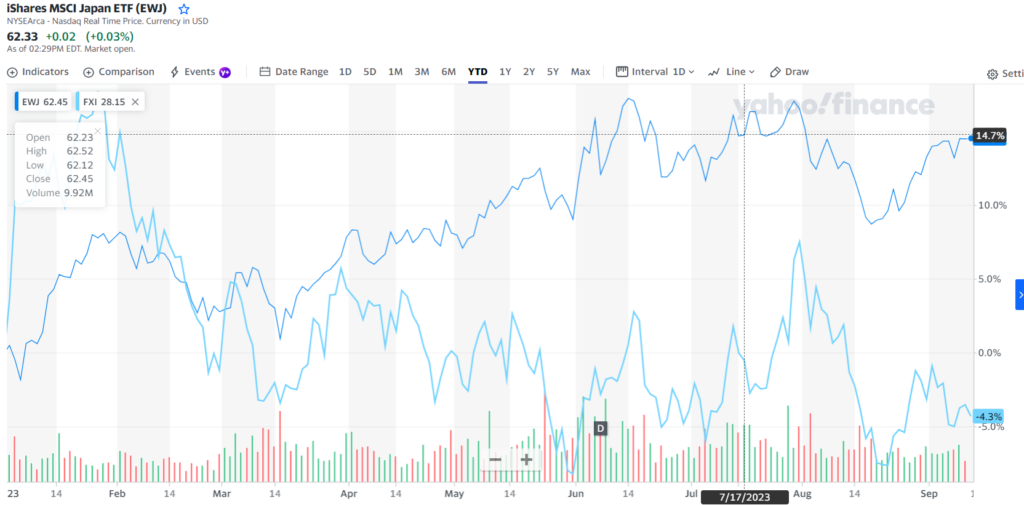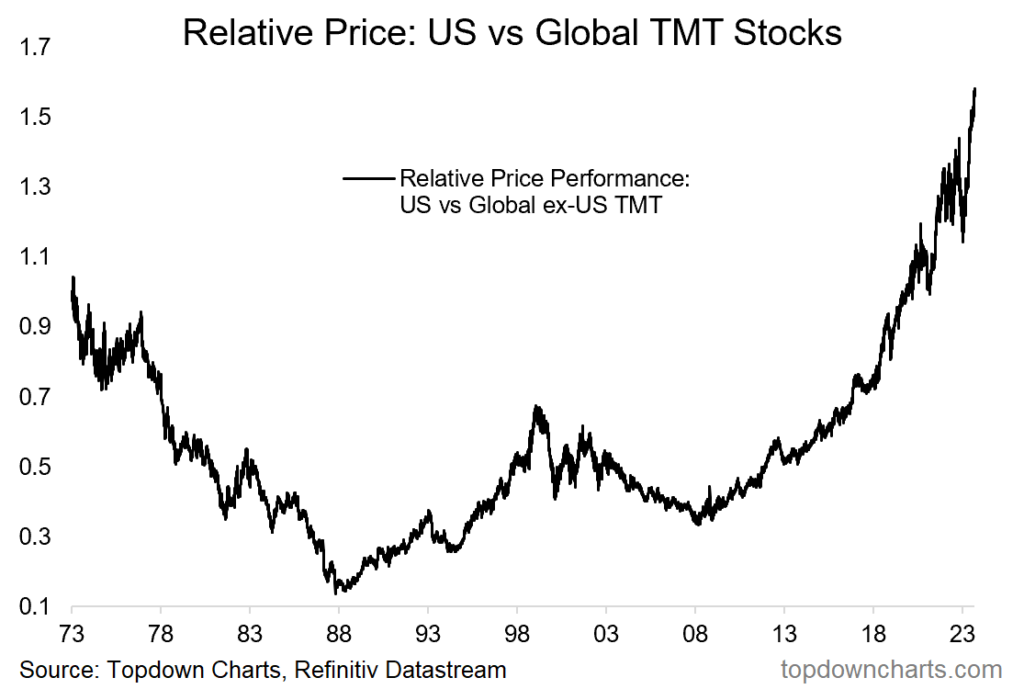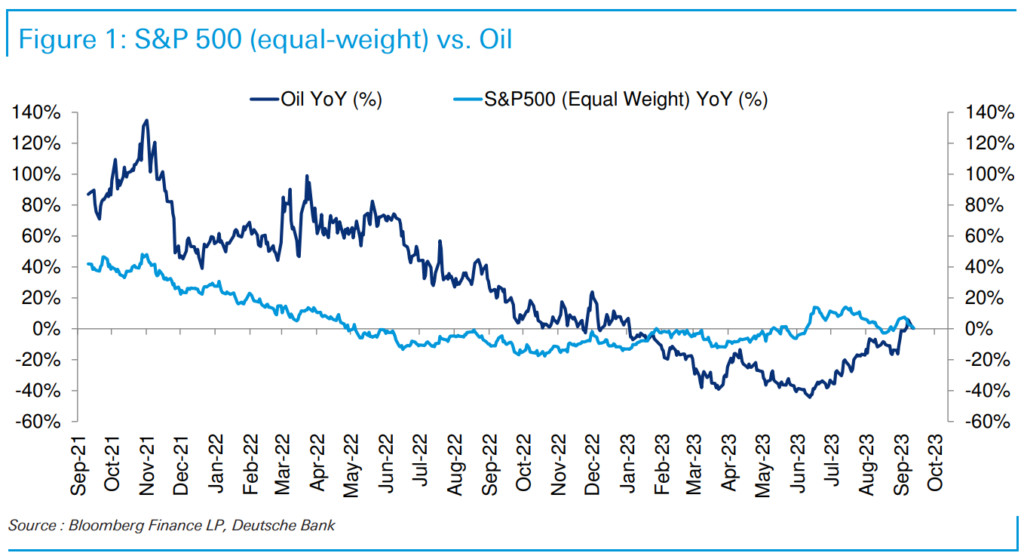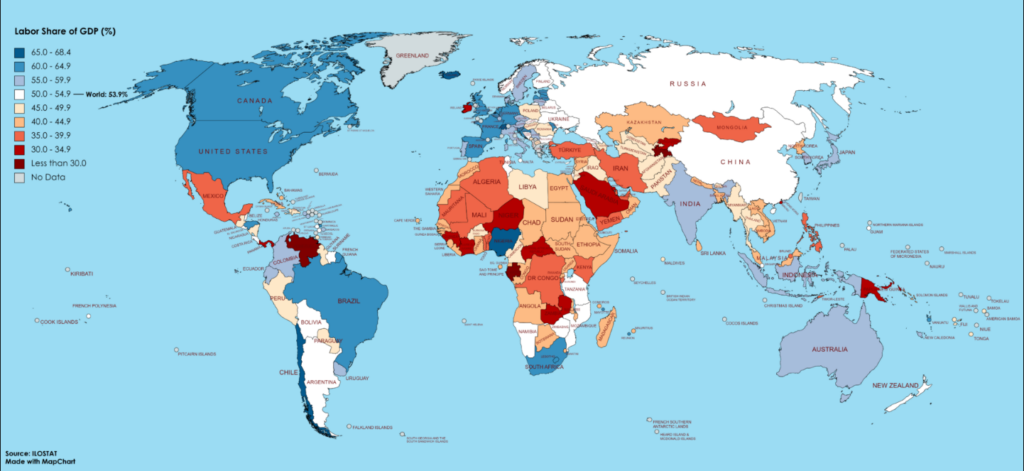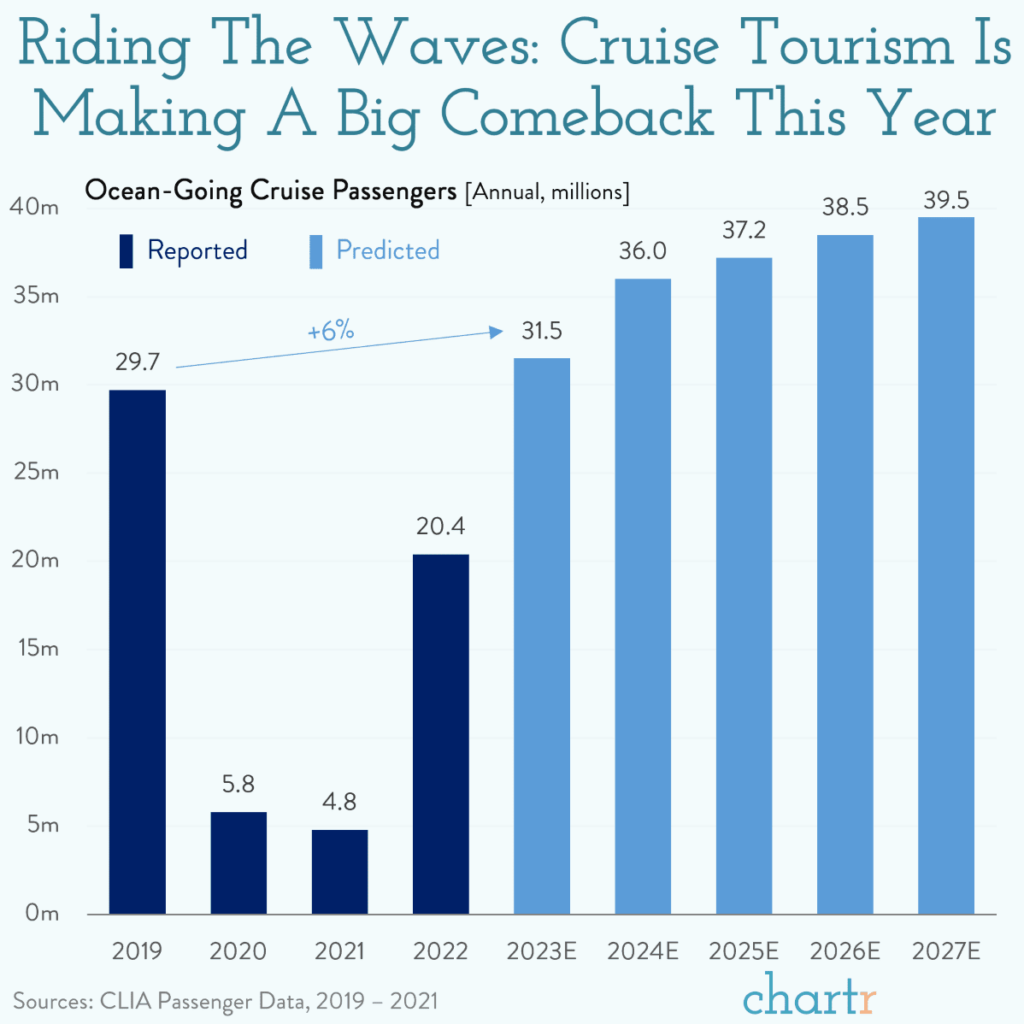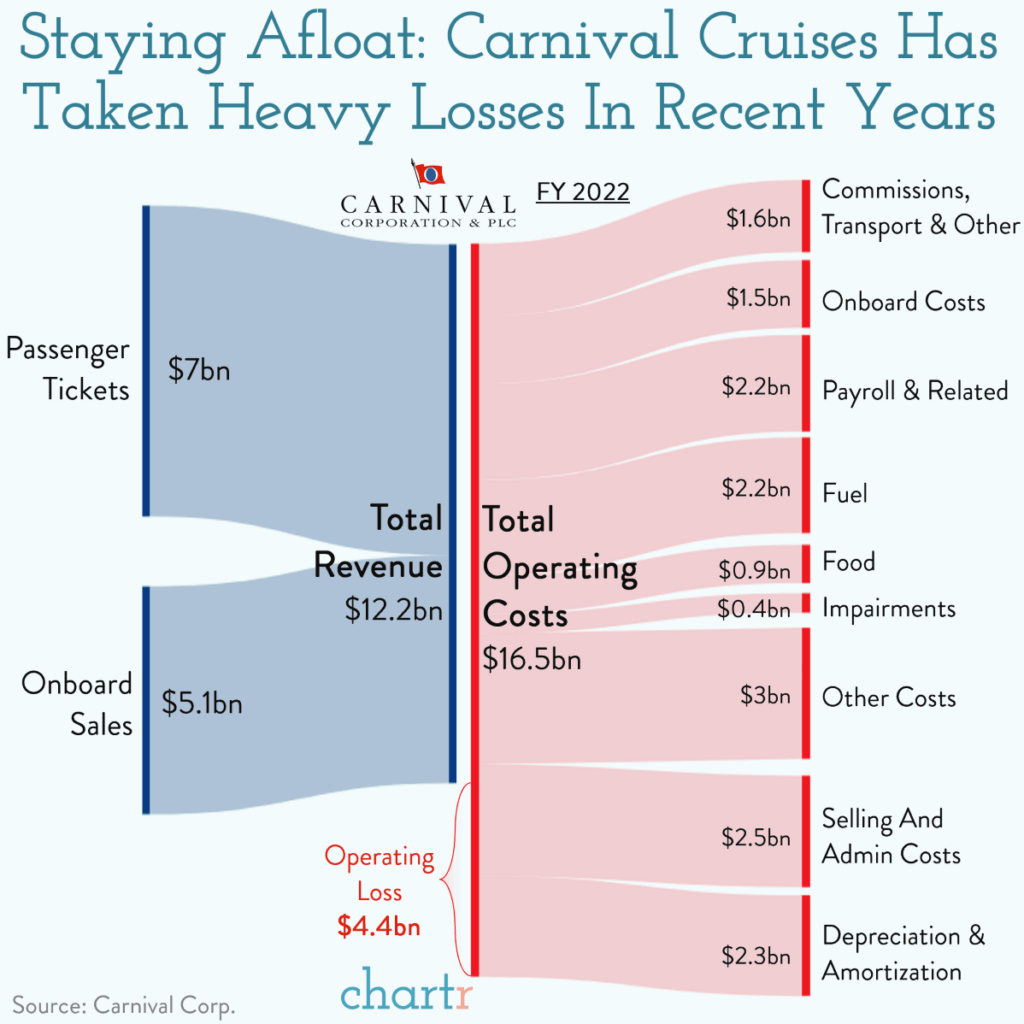1. Small Caps Hit 22-Year Low vs. Large Cap

2. Less than Half of Small Cap Trading Over 200 Day Moving Average
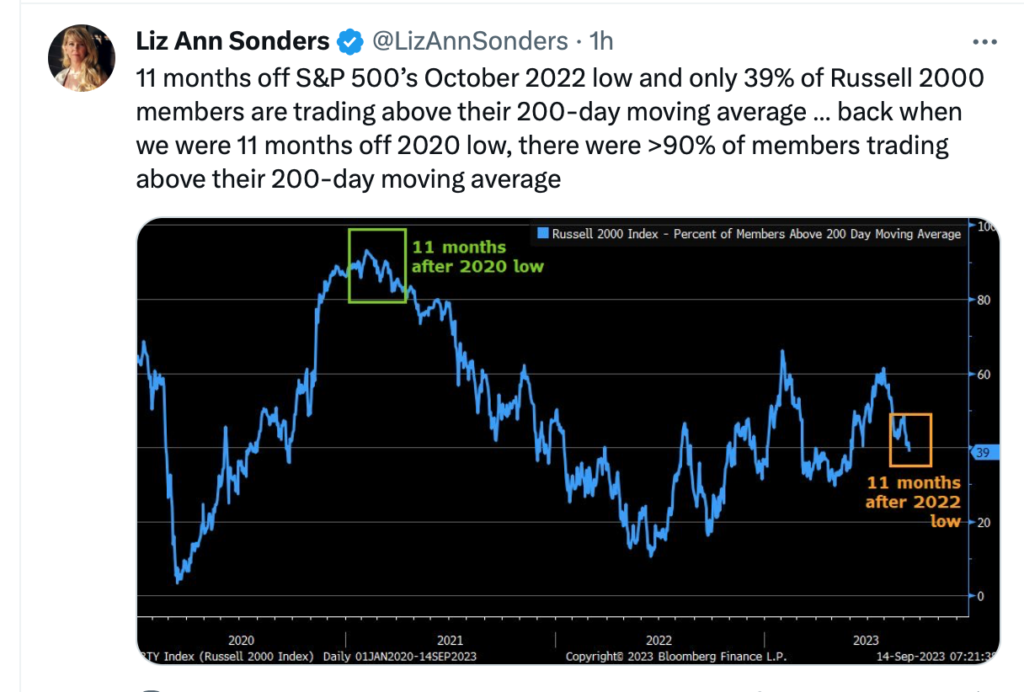
3. Internet Bubble Tech Superstars….Only MSFT Beat the S&P Post Bubble
From Irrelevant Investor Blog Interview with Rob Arnott
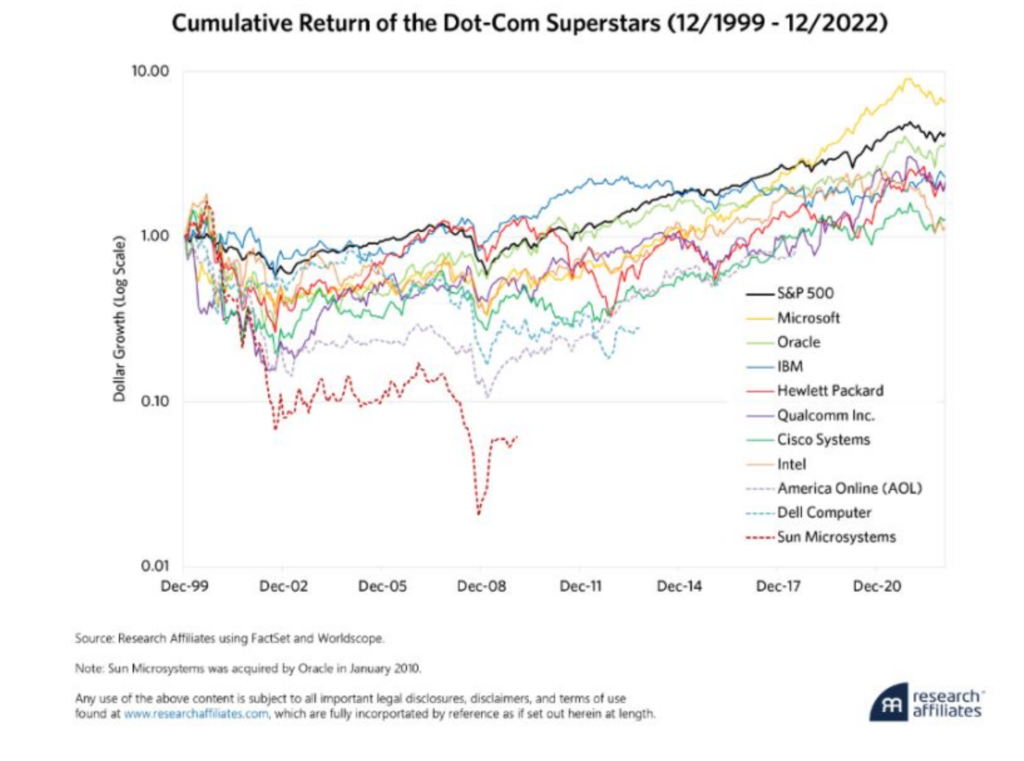
https://theirrelevantinvestor.com
4. ARM IPO 20,000 Fidelity Retail Orders
Business Insider

IPO ETF still trading at half its highs

©1999-2023 StockCharts.com All Rights Reserved
5. Tech Re-Taking Leadership is Historical Anomaly
Ben Carlson Blog
The leaders in the stock market going into a crisis are rarely the leaders coming out of a crisis. There is something about a regime change in the economic cycle that tends to shift the way investors allocate their capital to different sectors of the market.
There was a sea change this around too…for a little bit.Last year during the rising inflation and interest rate environment, growth stocks got killed while value stocks finally had their time in the sun after a decade of tech stock dominance.
Yet here we are again with the same huge growth stocks leading the way. The Nasdaq 100 is up 40% this year after falling 33% last year.
The Man Group performed some research on the top 100 stocks in the S&P 500 each decade going back to the 1960s to show that many of the leaders from the previous era typically fall from their perch:

This happened every decade…until the 2010s.
The top stocks more or less remained the top stocks.
History tells us tech stocks should underperform in a meaningful way eventually.
This time is different typically gets you into trouble but John Templeton himself once said 20% of the time it really is different.
Maybe tech stocks broke the mold. Maybe they are setting up for a huge fall.
You could talk me into either argument right now.
https://awealthofcommonsense.com/2023/09/6-questions-im-pondering-at-the-moment/
6. Oracle Correction Only Takes Stock Back to June Levels….Low was $60

©1999-2023 StockCharts.com All Rights Reserved
7. China New Economic Numbers
If You Believe China Numbers.???
From Zerohedge
… moments ago we got the latest Chinese data dump for the month of August, which showed that – as expected – the world’s 2nd biggest economy has rebounded from the bottom and may be stabilizing. Here are the highlights:
- August Retail sales +4.6%, beating exp. +3.0%, Last +2.5%
- August Industrial Output +4.5%, beating exp. +3.9%, Last +3.7%
- Jan-Aug Fixed Investment +3.2%, missing exp. +3.3%, Last 3.4%
- Jan-Aug Property Development investment -8.8%, Last -8.5%
- China apparent oil demand +22.7% to 14.74mm b/d, unchanged from July
- New property construction falls -24.4% YTD y/y to 639MM sq.m
- August new home prices, excluding affordable housing, -0.29% m/m
8. Used Car Price Drop 2023
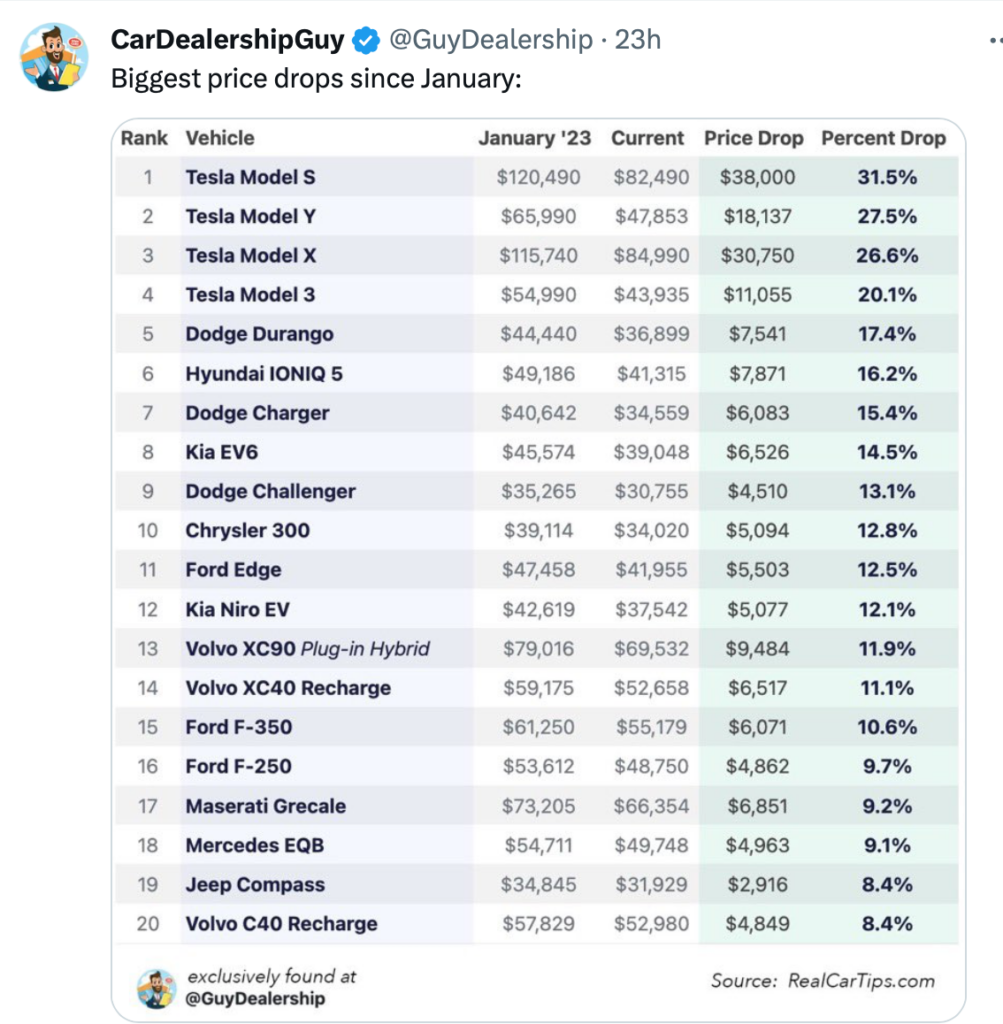
9. Demand for Vacation Homes are 47% Below Pre-Pandemic Levels
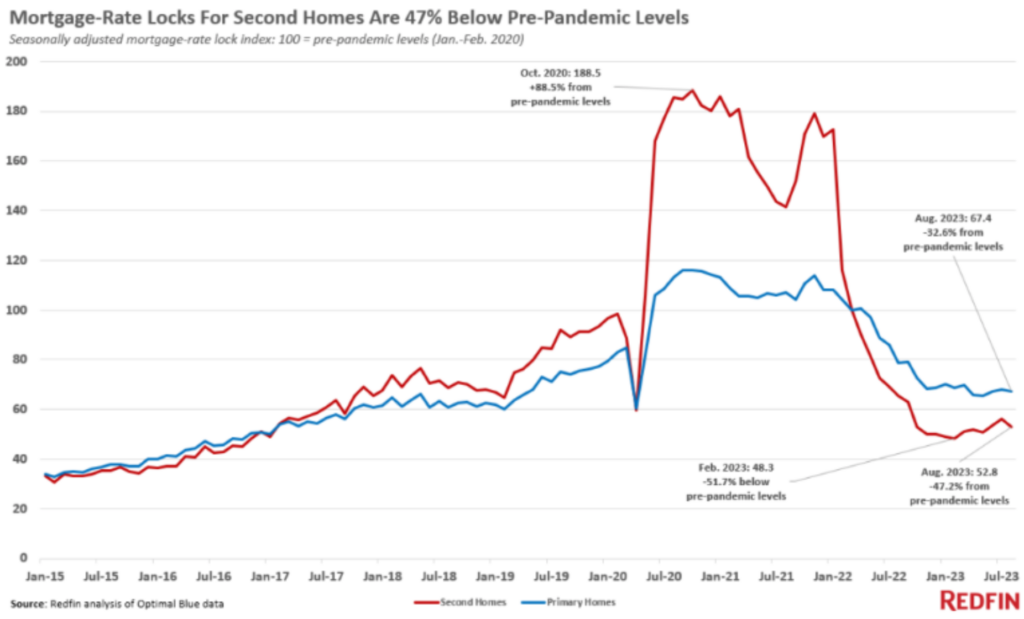
10. The Curious Mind: A Key to Mental Wellness
Psychology Today Studies show curiosity is a powerful tool for mental health and well-being. Jennifer Gerlach LCSW
- Curiosity can be thought of as the psychological equivalent of a healthy heartbeat.
- Strong curiosity is a sign of mental health.
- There are many ways to cultivate curiosity, such as revisiting childhood joys or doing something unexpected.
There is something magical about walking through a path in the fall looking up at the leaves, or finding a song for a moment that you want to lean into to understand where the artist stood. This enchantment is curiosity.
Research points to the many benefits of curiosity from improvements in memory (Gruber, & Ranganath, 2019), creativity, and precious “flow” states (Schutte and Malouff, 2020). It is associated with higher life satisfaction (Proctor et al., 2011) and, contrary to the adage that curiosity kills the cat, has also been linked with aging well (Sakaki et al., 2018).
When we feel safe, we are free to explore. When we feel in a space of threat, our focus narrows and we lose interest. Evolutionarily, this makes sense. At moments during which our ancestors faced the threats of their day, often predators, it would not have been wise to stare in wonder at the leaf. We are the descendants of the people who didn’t get eaten.
Today, most fears we face are social and last longer than a run from a bear. Yet, we have many barriers to feeling safe and being curious. Repeated traumatic experiences or anxiety can put us in a space where the threat system is hyper-activated making it difficult for us to access our drive for discovery.
Loss of interest in activities is a hallmark symptom of depression. Even schizophrenia is often associated with negative symptoms marked by a decrease in seeking pleasurable activities, the byproduct of anhedonia, avolition, and emotional blunting.
Conversely, recent research shows that curiosity may be a protective factor against anxiety and depression (Zainal, & Newman, 2023), as well as that creative interventions can improve curiosity (Schutte and Maloff, 2022), garnering individuals a whole host of benefits.
Perhaps we can think about curiosity as the psychological equivalent of a healthy heartbeat. As we struggle with mental health, it’s common for us to lose our pulse with our curiosity. Similarly, by engaging curiosity through exercises of creativity there is much to be gained.
While curiosity is not often discussed as a key therapeutic tool, many therapists utilize it. As a psychotherapist, my office space is designed to encourage a hammock swing for my clients to sit on, a treasure chest filled with varying objects, and art supplies.
Most other therapists also take this into account when cultivating a therapyenvironment. Art therapists have engaged curiosity and creativity in healing for decades, and certain therapy styles, such as compassion-focused therapy, involve activities to activate the soothing/affiliative system in which we are often free to be curious.
So how can you grow your sense of curiosity? Here are five ways:
1. Revisit Childhood Joys. When you were a kid, did you like to fly kites? What about riding your bike around the neighborhood? These things still exist. Engaging joys from the past can lift our curiosity.
2. Do Something Unexpected. Routine drives away opportunities for new things. Sometimes, it is worthwhile to take a turn into something unplanned. This could be something as simple as stopping at the apple butter stop as you are driving home or taking a different route to work.
3. Pick Something Random and Learn About It. Many of us have had interests in the past that we let go of. Did you stop learning about space when you realized that your life path was not headed toward becoming an astronaut? Curiosity is not about learning only things that have practical significance. The world is wide and there is so much to marvel at.
4. Ask Questions. Curiosity thrives on wonder. Sometimes we have questions that we never ask. We don’t allow ourselves to open those doors. It’s OK to ask questions. Questions often deepen connections.
5. Explore a New Place. You don’t have to get on an airplane to travel. Maybe there is a restaurant you have never eaten at or a park you have never visited. Allowing yourself to experience these new places could foster curiosity.






